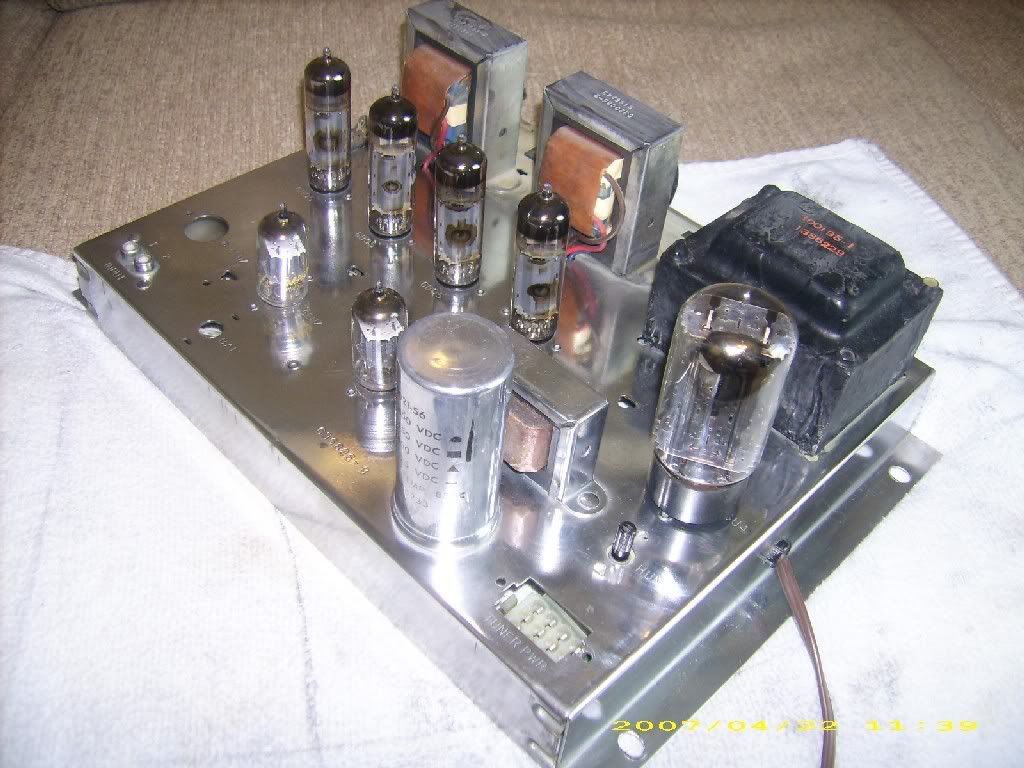I lucked into a ptp wired tube amp out of a 1960s magnavox tv. I hooked my guitar up to it and it sounded great! The only thing is it is not grounded. My roommate was using it and got a bad shock from it when he touched another piece of grounded equipment.
So far i have added a fuse, power switch and attempted to add a chassis ground. The thing immediately trips the gfci its plugged into unless the new ground is unhooked. Any advice on what im missing out on?
Here are some pictures.
Before modifications


after modifications "ground unhooked"


Thanks!
So far i have added a fuse, power switch and attempted to add a chassis ground. The thing immediately trips the gfci its plugged into unless the new ground is unhooked. Any advice on what im missing out on?
Here are some pictures.
Before modifications


after modifications "ground unhooked"


Thanks!
Comment